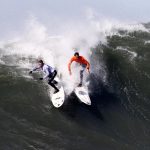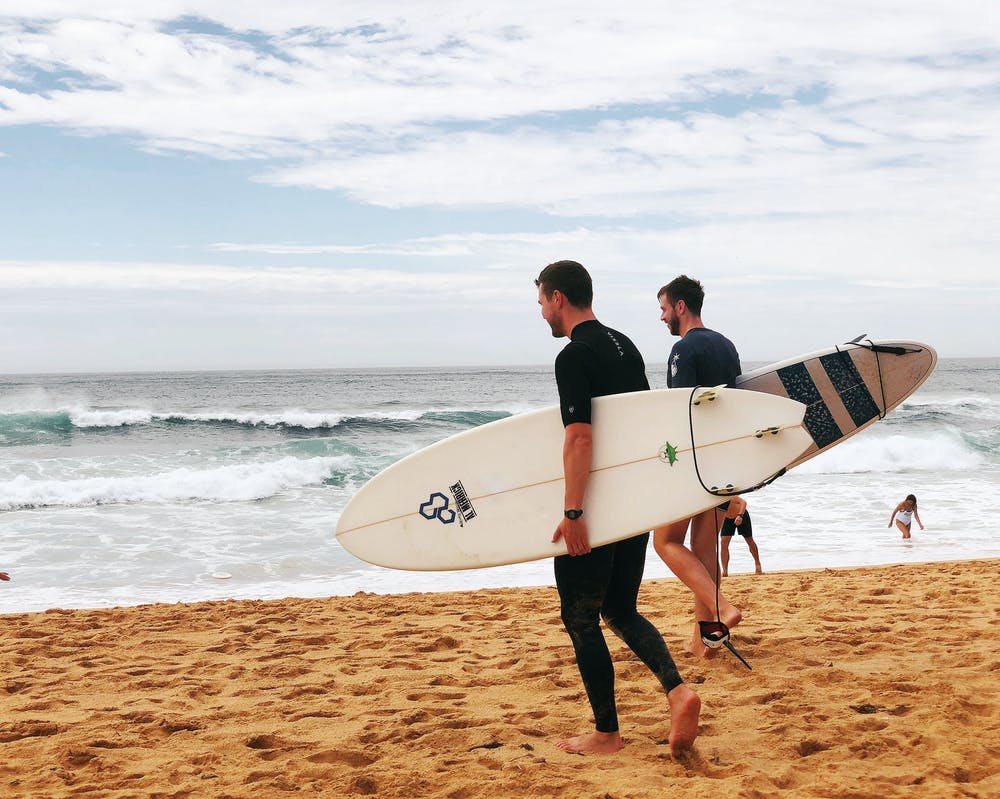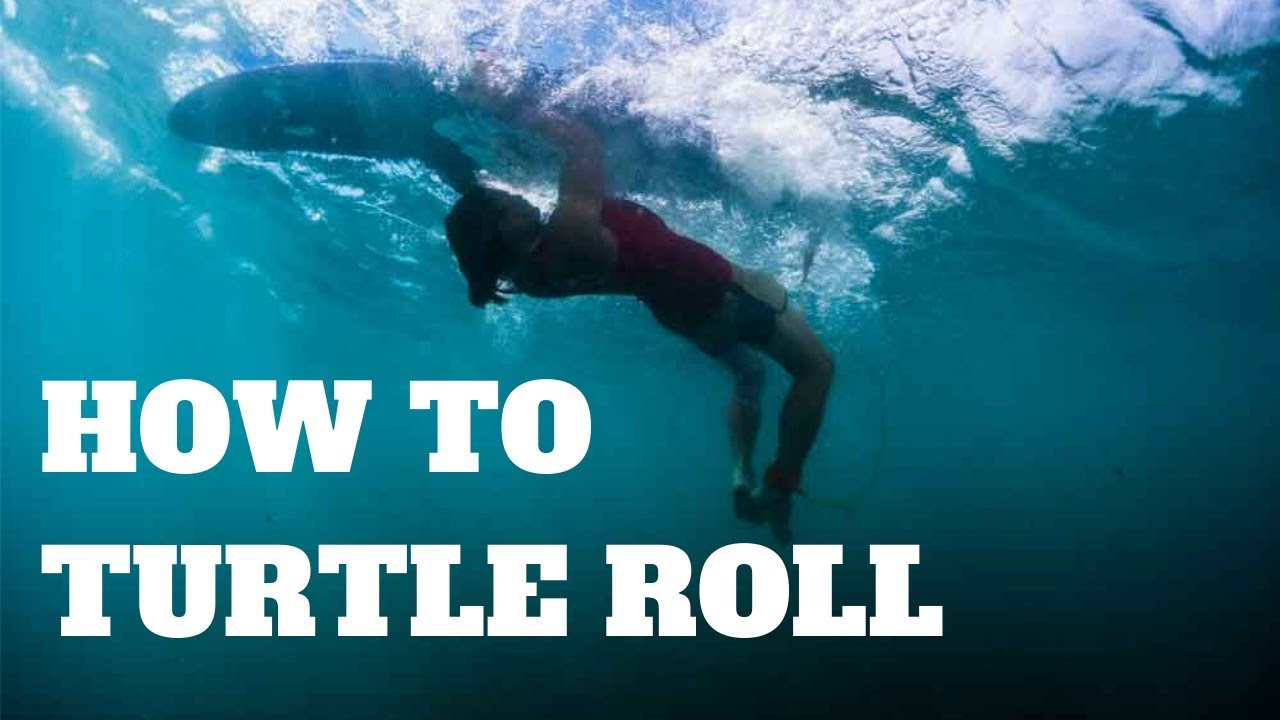Surfing is an exhilarating sport that has captured the hearts of many people worldwide. While it may seem simple, surfing requires proper technique and form to ride the waves successfully. One of the most critical aspects of surfing is adopting a proper stance, which can make or break your surfing experience.
An excellent surfing stance will help you maintain balance, control your board, and easily maneuver through the water. This article will discuss the key elements of a proper surfing stance and provide tips and tricks to help you adopt this essential skill. Whether you’re a beginner or an experienced surfer looking to improve your technique, this article will help you take your surfing game to the next level.
Table of Contents
How to adopt a proper surfing stance

Adopting a proper surfing stance is crucial for anyone looking to improve their surfing skills. Here are some critical steps to take to achieve the correct perspective:
- Stand in the center of your board: Make sure you stand in the middle, with your feet facing forward and shoulder-width apart.
- Bend your knees: Keep your knees bent while surfing to maintain balance and stability. This will also help you absorb the impact of the waves.
- Keep your back straight: While bending your knees, make sure that you keep your back straight. This will help you maintain your balance and prevent injuries.
- Lean forward: As you start to catch a wave, lean forward slightly, keeping your weight on the front foot. This will help you maintain control of your board.
- Look ahead: Keep your eyes focused on the direction you’re heading. This will help you anticipate any changes in the wave and adjust your stance accordingly.
- Adjust as needed: As you ride the wave, you may need to adjust your stance to maintain balance and control. Keep your knees bent, and use your arms to help you shift your weight as needed.
Remember, practice makes perfect, and getting the hang of the proper surfing stance may take some time. But keep practicing, and with time and experience, you’ll ride the waves like a pro.
Avoid the Poo Stance
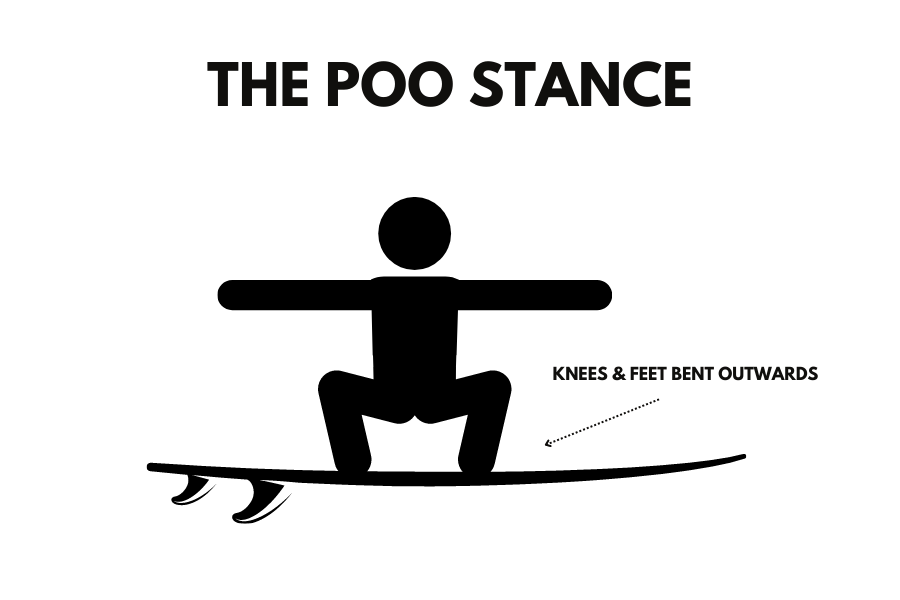
The “Poo Stance” is a common mistake many beginner surfers make. This stance involves bending at the waist, with the back hunched and the butt sticking out. While this may feel comfortable and secure, it could be a more efficient stance for surfing and can cause many problems.
Here are some reasons why you should avoid the Poo Stance while surfing:
- It reduces balance: The Poo Stance puts most of your weight on your back foot, making it difficult to maintain balance and control while surfing.
- It limits mobility: With your back hunched and your butt sticking out, you won’t be able to move around the board or adjust your stance as needed.
- It causes strain on your back: The hunched posture of the Poo Stance can put a lot of strain on your lower back, leading to pain and discomfort.
To avoid the Poo Stance, keep your back straight and your weight evenly distributed between your feet. Remember to bend your knees and keep your eyes focused ahead to maintain balance and control. Then, you can practice a proper surfing stance and ride the waves like a pro.
The Open Stance
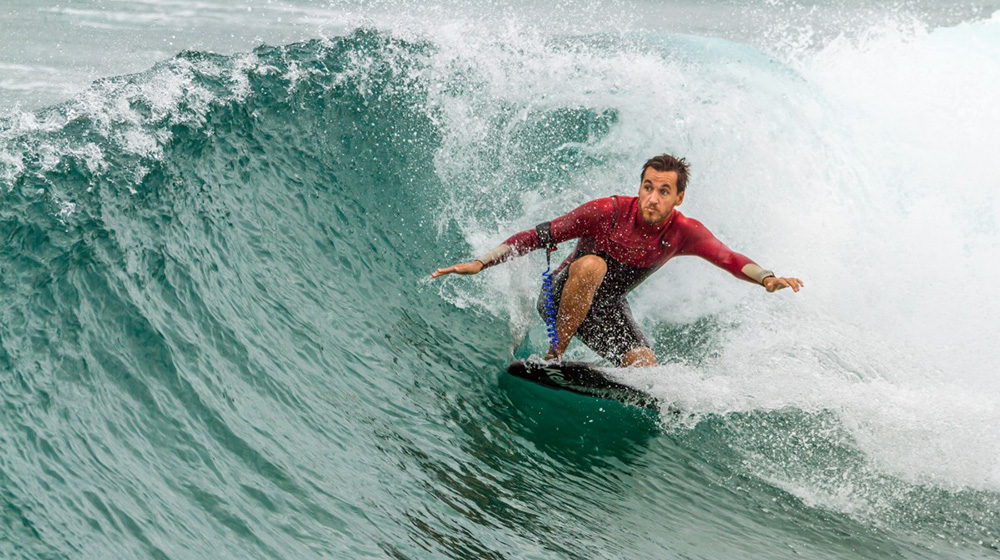
The Open Stance is a widely used surfing stance that can help you maintain balance, stability, and control. This stance involves positioning your feet at a slight angle, with your front foot pointing towards the direction you want to go and your back foot perpendicular to the board.
Here are some reasons why the Open Stance is a practical surfing stance:
- It provides balance and stability: With your feet at a slight angle; you’ll have a broader support base, making it easier to maintain balance and stability on your board.
- It allows for better weight distribution: The Open Stance will enable you to distribute your weight evenly between your feet, making it easier to maneuver your board and control your movements.
- It enhances mobility: The angled stance of the Open Stance makes it easier to move around on your board and adjust your stance as needed.
- It promotes better body alignment: The Open Stance encourages proper body alignment, with your back straight and shoulders relaxed, reducing the risk of injuries and strains.
To adopt the Open Stance, position your feet shoulder-width apart, with your front foot slightly angled towards the direction you want to go and your back foot perpendicular to the board. Bend your knees and keep your back straight, focusing on distributing your weight evenly between your feet. With practice, the Open Stance can become a natural and effective surfing stance that can take your surfing skills to the next level.
Taking Off

Taking off is a critical aspect of surfing and involves getting up onto your feet and riding the wave. Here are some essential steps to take to perform a successful takeoff:
- Paddle into the wave: Start by paddling towards the wave, building up speed and momentum.
- Position yourself correctly: As the wave approaches, position yourself on your board with your chest up and your head facing the shore.
- Start to paddle harder: As the wave lifts you, start to paddle harder to match the speed of the wave.
- Push yourself up: As the wave begins to lift your board, push yourself up onto your feet, placing your front foot near the center of the board and your back foot near the tail.
- Keep your knees bent: Once you’re up, keep your knees bent to maintain balance and control.
- Look ahead: Keep your eyes focused on the direction you want to go, and use your arms to help you maintain balance and adjust your stance as needed.
Remember, takeoff can be challenging to master, and it may take some time and practice to get the hang of it. But keep practicing, and with time and experience, you’ll be able to perform a smooth and successful takeoff and ride the waves with confidence.
Riding Down the Line

Riding down the line is one of the most exciting and thrilling aspects of surfing, and it involves riding the wave along its face in a straight line toward the shore. Here are some critical steps to take to ride down the line successfully:
- Position yourself correctly: After you’ve completed your takeoff, position yourself on your board with your front foot near the center and your back foot near the tail.
- Look ahead: Keep your eyes focused on the direction you want to go and anticipate any changes in the wave or any potential obstacles.
- Shift your weight: Use your body and arms to shift your weight and maintain your balance as the wave moves beneath you.
- Keep your knees bent: As you ride down the line, keep your knees bent to maintain balance and control.
- Stay low: As you pick up speed, stay low on your board to reduce wind resistance and maintain control.
- Use your arms: Use your arms to help you maintain balance and adjust your stance as needed.
- Look for opportunities to turn: As you gain confidence and experience, look for opportunities to turn and maneuver your board along the wave face.
Riding down the line can be an exhilarating and challenging experience, and it may take some time and practice to get the hang of it. But keep practicing; with time and experience, you can ride the waves with confidence and skill.
The Importance of the Arms and Hands
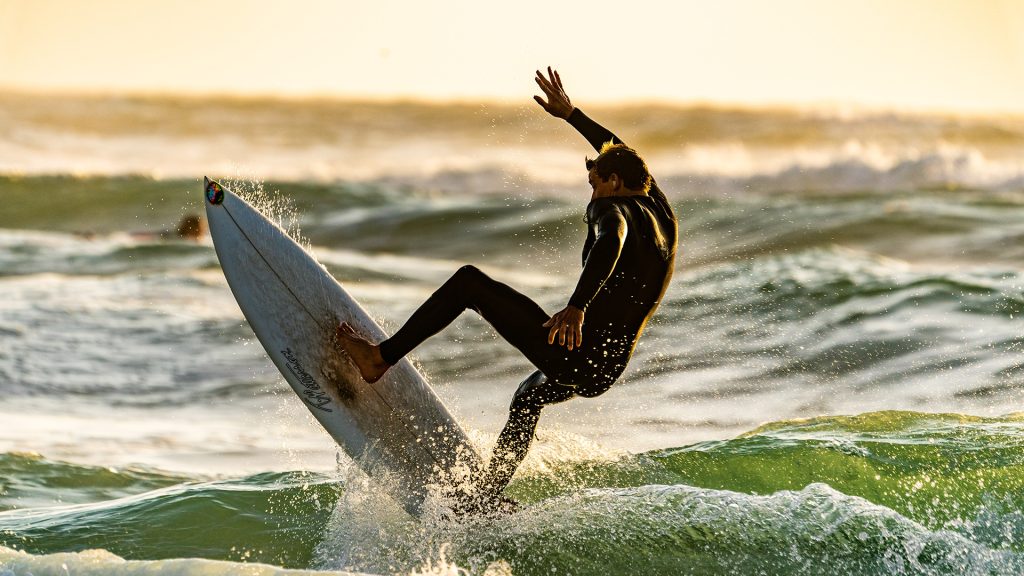
The arms and hands play a crucial role in surfing and can significantly impact your board balance, control, and maneuverability. Here are some reasons why the arms and hands are so crucial in surfing:
- Maintaining balance: The arms and hands can be used to shift your weight and maintain balance while surfing. Extending your arms out to the sides can widen your support base and increase your stability.
- Controlling the board: The arms and hands can manage the board and adjust your stance as needed. Moving your arms and hands can shift your weight and change your stance to maintain control of your board.
- Generating speed: The arms and hands can generate speed by paddling harder and faster. Using a powerful and efficient paddling technique, you can catch more waves and ride them with incredible speed and momentum.
- Turning and maneuvering: The arms and hands can turn and run your board along the wave face. Using your arms to shift your weight and adjust your stance, you can make sharp turns and carve along the wave face with greater precision and control.
To maximize the effectiveness of your arms and hands while surfing, focus on maintaining a relaxed and natural posture, with your shoulders relaxed and your arms slightly bent at the elbow. Use your arms to generate speed, control the board, and maneuver along the wave face while keeping your eyes focused ahead to anticipate any changes in the wave or potential obstacles. With practice and experience, the arms and hands can become powerful tools in your surfing arsenal, helping you ride the waves skillfully and confidently.
Conclusion
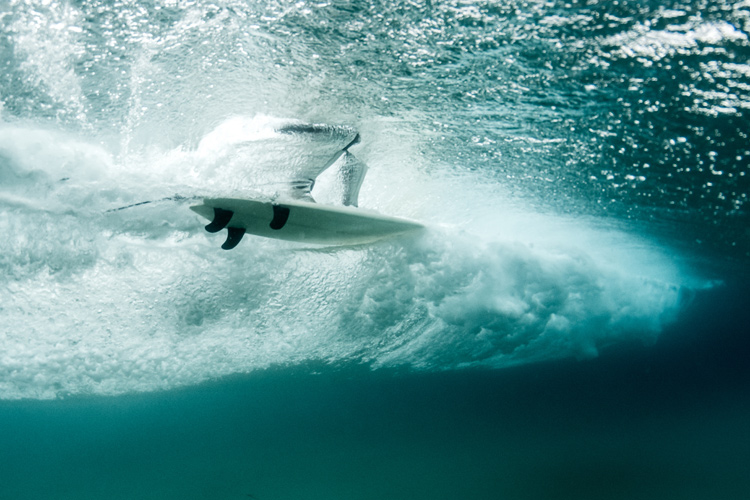
In conclusion, adopting a proper surfing stance is essential for anyone looking to improve their surfing skills and ride the waves with confidence and control. By following the key steps outlined in this article, such as standing in the center of your board, keeping your knees bent, and looking ahead, you can maintain balance and stability on your board, generate speed, and maneuver along the wave face with ease.
Additionally, avoiding common mistakes such as the Poo Stance and focusing on the effective use of the arms and hands can significantly enhance your surfing experience. Remember, surfing is a challenging and rewarding sport that requires practice and dedication. However, with time and experience, you can develop the skills and techniques necessary to take your surfing game to the next level.

